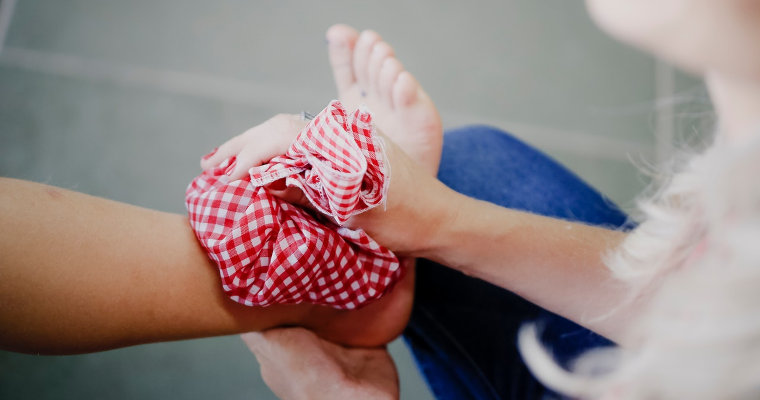It may sound surprising that icing and resting an injury would typically not be in your best interest. But this type of advice belongs in the past and modern research has disclosed a much better approach.
We never had much evidence to support R. I. C. E. (Rest. Ice. Compression. Elevation) and considering all the (no longer new) evidence steering us in a distinctly different direction, even Dr Gabe Mirkin (who initially coined R. I. C. E. in 1978) changed his recommendation in 2015 because resting and icing have been shown to hamper healing. So, what then? How do you care for an acute injury and optimise your recovery? And what about the sub-acute and chronic stages that follow?
The most sensible approach I have seen to date (suggested by Blaise Dubois and Jean-Francois Esculier, which covers every aspect we have high-quality supportive evidence for) is to treat any acute injury with P. E. A. C. E. and then with L. O. V. E.
P. E. A. C. E.
Protection :Avoid things which increase pain for the first few days after a traumatic injury.
Elevate the injured area above the height of the heart as often as possible.
Avoid anti-inflammatories (and ice) because inflammation is good and aids healing.
Compression: Use an elastic bandage (to provide firm yet gentle pressure) to minimise swelling.
Education: Gain an understanding of what is expected and required from a well-informed physiotherapist who knows to avoid senseless passive treatments, unnecessary scans and x-ray investigations unless specifically indicated by a comprehensive assessment and please do not Google. Literally anyone can have an opinion on the internet – the information online may never have been credible or is likely already outdated.
L. O. V. E.
Load: Let pain guide your return to normal activity. Your body will tell you if you’re ready for more if you simply keep an ear open.
Optimism: Condition your brain to promote recovery with confidence and optimism.
Vascularization: Choose any pain free cardiovascular exercise to promote blood flow and tissue healing.
Exercise specifically to restore mobility, strength and control through active recovery and rehabilitation.
Some traumatic injuries are simple, and others can be more complicated with lengthy recoveries. My recommendation remains: If you’re coping and you continually see clear improvements over any 3 consecutive days, you’re likely on the right track but if you’re making little or no progress or you’re significantly affected by the injury during the day or at night, rather get a helping hand.
Your health and physical wellbeing should be a priority deserving of quality care. Make sure to discuss any concerns you may have directly with your preferred physiotherapist, so that you can receive the appropriate guidance for your unique situation.

